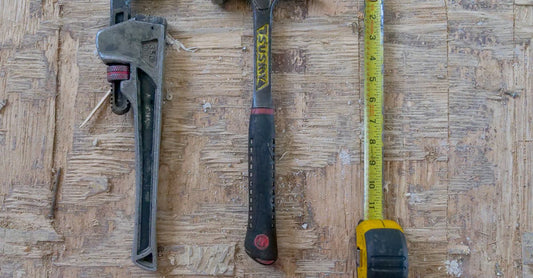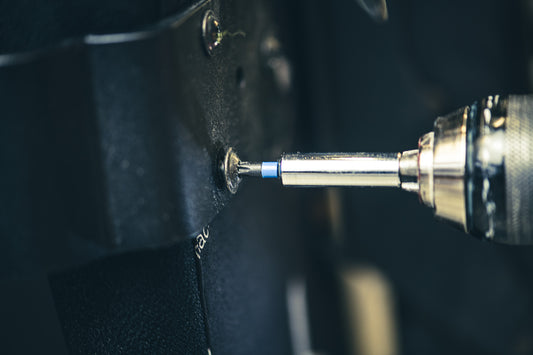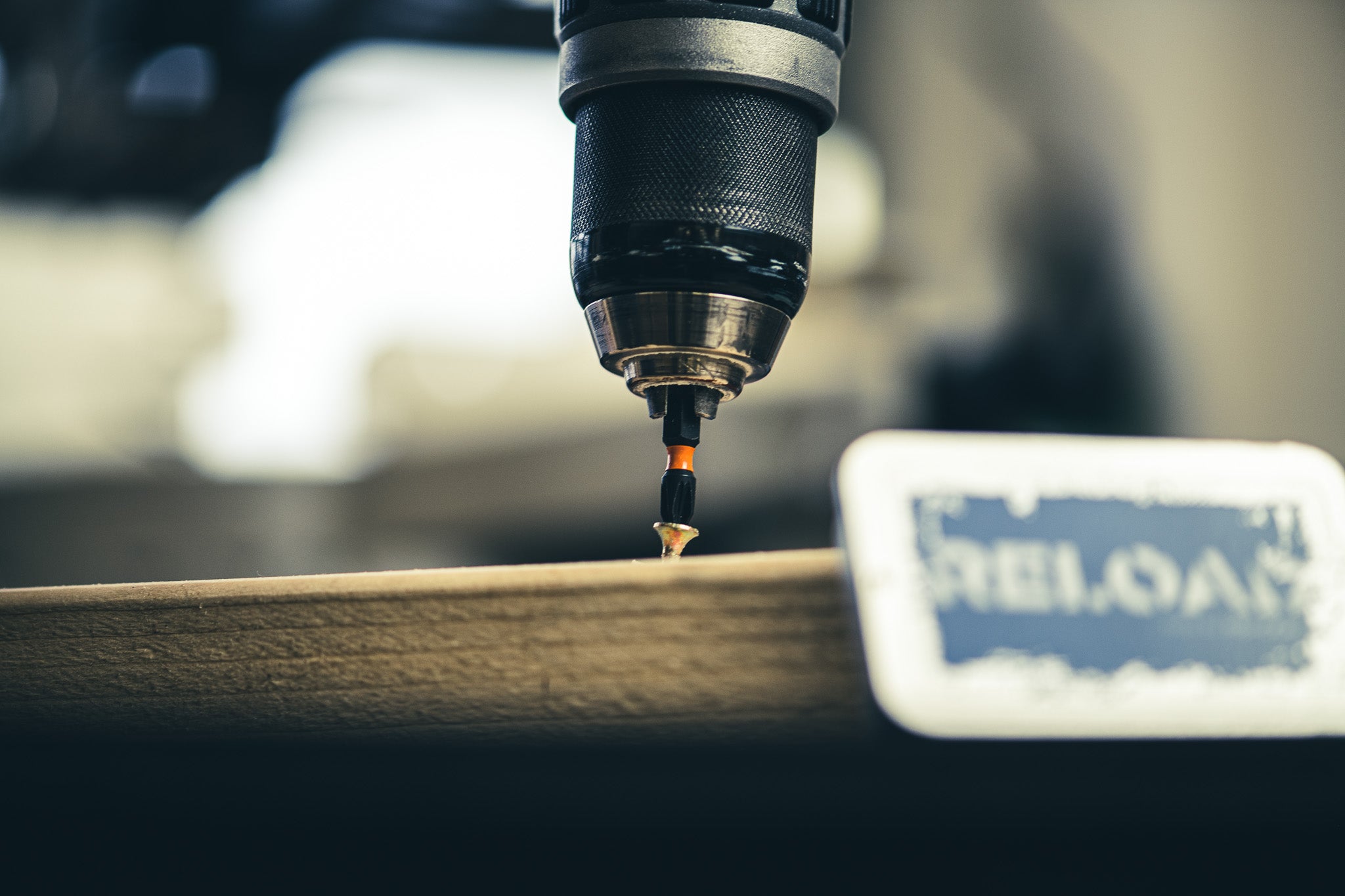ohm-wot law
Noun, Law
The Ohm-Watt Law states that the power in an electrical circuit is equal to the voltage multiplied by the current.
Example usage: The Ohm-Watt Law is the basis for understanding electrical circuits.
Most used in: The Ohm-Watt Law is used by electricians and other trades people across the world.
Most used by: Electricians, engineers, and other trades people.
Popularity: 8/10
Comedy Value: 2/10
Also see: Power Triangle, Power Factor, Apparent Power, Real Power,
Understanding the Ohm-Watt Law in Electrician Construction
The Ohm-Watt Law is a fundamental concept in electrician construction that explains the relationship between electric power, voltage, and current. It states that the power (P) in an electric circuit is equal to the voltage (V) multiplied by the current (I). This can be expressed as P=VI.
The Ohm-Watt Law is important for electrician construction because it helps to calculate the power in a circuit, which is necessary for properly sizing the electrical components. This law also helps electricians troubleshoot problems in a circuit by helping them to identify if the power is too low or too high. For example, if the voltage is too low, the electrician can increase the power by increasing the voltage.
The Ohm-Watt Law is also used to calculate the efficiency of an electrical device. Efficiency is measured by the ratio of the output power to the input power, and the Ohm-Watt Law can be used to calculate the power at both the input and the output. Efficiency is typically expressed as a percentage, and a good rule of thumb is that an efficient electrical device should have an efficiency of at least 80%.
In conclusion, the Ohm-Watt Law is an important concept in electrician construction that helps electricians to calculate the power in a circuit, troubleshoot problems, and calculate the efficiency of electrical devices. By understanding this law, electricians can ensure that their circuits are working properly and efficiently.
The Origin of the Ohm-Watt Law
The Ohm-Watt Law is a fundamental relationship between voltage, current, and resistance in electrical circuits. It is also known as Joule's Law, named after the 19th-century physicist James Prescott Joule, who first formulated it in 1841. The law states that the power dissipated in an electrical circuit is equal to the product of the voltage and current in the circuit.
The term 'Ohm-Watt Law' was first used in the 1930s by German electrical engineers. They used the term to describe the relationship between voltage, current, and resistance, and to identify the equation as a fundamental law of electrical engineering. It was first used in the context of electrician construction, as a way of describing the relationship between voltage, current, and resistance in electrical circuits.
The Ohm-Watt Law is an important tool for electricians, as it allows them to calculate the power dissipated in an electrical circuit. It is also used in the design of electrical appliances, such as motors and transformers, to ensure that the correct amount of power is delivered. The Ohm-Watt Law is a fundamental law in electrical engineering, and is essential for any electrician working in the field.




